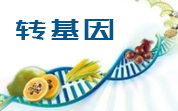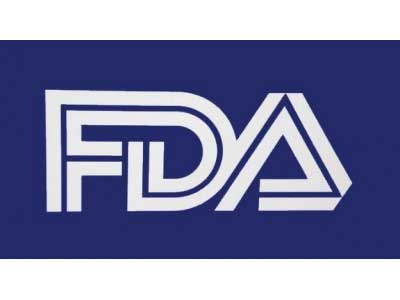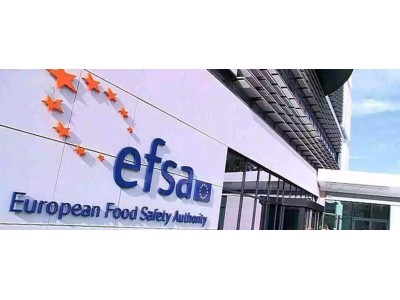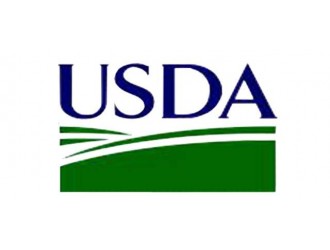гҖҖгҖҖ
йЈҹе“ҒдјҷдјҙзҪ‘и®Ҝ2018е№?2жң?9ж—ҘпјҢеҠ жӢҝеӨ?a href='//www.sqrdapp.com/news/tag_1915.html' class='zdbq' title='еҚ«з”ҹйғЁзӣёе…ійЈҹе“Ғиө„и®? target='_blank'>еҚ«з”ҹйғ?/a>жҸҗи®®е°…ьa href='//www.sqrdapp.com/news/tag_2081.html' class='zdbq' title='жқҸд»Ғзӣёе…ійЈҹе“Ғиө„и®Ҝ' target='_blank'>жқҸд»Ғдёӯзҡ„
ж°°еҢ–зү?/a>еҲ—е…ҘйЈҹе“Ғдё?a href='//www.sqrdapp.com/news/tag_1940.html' class='zdbq' title='жұЎжҹ“зү©зӣёе…ійЈҹе“Ғиө„и®? target='_blank'>жұЎжҹ“зү?/a>еҸҠе…¶д»–жҺәеҒҮзү©иҙЁеҲ—иЎЁгҖҒь/div>
 ең°еҢәпјҷь/font>еҠ жӢҝеӨ?/font>еҢ—зҫҺжҙұь/font>
ең°еҢәпјҷь/font>еҠ жӢҝеӨ?/font>еҢ—зҫҺжҙұь/font>
 иЎҢдёҡпјҷь/font>йЈҹе“ҒжЈҖжөҠь/font>жһң蔬
иЎҢдёҡпјҷь/font>йЈҹе“ҒжЈҖжөҠь/font>жһң蔬
 ж Үзӯҫпјҷь/font>йЈҹе“ҒжқҸд»ҒжұЎжҹ“зү?/font>еҚ«з”ҹйғ?/font>ж°°еҢ–зү?/font>
ж Үзӯҫпјҷь/font>йЈҹе“ҒжқҸд»ҒжұЎжҹ“зү?/font>еҚ«з”ҹйғ?/font>ж°°еҢ–зү?/font>
 科жҷ®пјҷь/font>йЈҹе“ҒжқҸд»ҒжұЎжҹ“зү?/font>еҚ«з”ҹйғ?/font>ж°°еҢ–зү?/font>
科жҷ®пјҷь/font>йЈҹе“ҒжқҸд»ҒжұЎжҹ“зү?/font>еҚ«з”ҹйғ?/font>ж°°еҢ–зү?/font>
[
йЈҹе“Ғиө„и®Ҝжҗңзҙў] [
еҠ е…Ҙ收и—Ҹ] [
е‘ҠиҜүеҘҪеҸӢ] [
жү“еҚ°жң¬ж–Ү] [
е…ій—ӯзӘ—еҸЈ]
гҖҖгҖҖжҚ®дәҶи§ЈпјҢеҠ жӢҝеӨ§еҚ«з”ҹйғЁе…ідәҺиӢҰжқҸд»Ғзҡ„зҺ°жңүйЈҹз”Ёе»әи®®дёәжҲҗдәәжҜҸеӨ©йЈҹз”ЁдёҚи¶…иҝҮдёүйў—пјҢе„ҝз«ҘдёҚе»әи®®йЈҹз”ЁгҖӮдҪҶеӨ§еӨҡж•°зҡ„ж¶Ҳиҙ№иҖ…дёҚзҹҘйҒ“жҲ–дёҚйҒөеҫӘиҝҷдёҖе»әи®®пјҢеӣ жӯӨеҠ жӢҝеӨ§йҮҮеҸ–дәҶиҝӣдёҖжӯҘзҡ„йЈҺйҷ©з®ЎзҗҶиЎҢеҠЁжқҘеә”еҜ№еӣ йЈҹз”Ёз”ҹжқҸд»ҒиҖҢеҜјиҮҙзҡ„жҖҘжҖ§ж°°еҢ–зү©дёӯжҜ’зҡ„жҪңеңЁеҒҘеә·йЈҺйҷ©гҖҒь/div>

гҖҖгҖҖйғЁеҲҶеҺҹж–ҮжҠҘйҒ“еҰӮдёӢпјҷь/div>
гҖҖгҖҖFood co
ntaminants and other adulterating substances are chemicals that may be present in foods at levels that could impact the overall safety and/or quality of foods. These substances can either be inadvertently or naturally present in foods or in some cases intentio
nally added for fraudulent purposes. Establishing a prohibition or a maximum level пјҲMLпј are forms of risk management that may be employed to eliminate or reduce exposure to a particular chemical co
ntaminant in foods. Canadian prohibitions and MLs for chemical co
ntaminants in food are set out in Part 1 and Part 2, respectively, of the List of Co
ntaminants and Other Adulterating Substances in Foods, which is incorporated by reference into section B.15.001 of Division 15 of the Food and Drug Regulations пјҲthe RegulationsпјүгҖ Maximum levels are also set out in the List of Maximum Levels for Various Chemical Co
ntaminants in Foods, which is maintained on Health Canada's website. All prohibitions and MLs for co
ntaminants in food are established by Health Canada's Food Directorate ba
sed on scientific evidence and in co
nsultation with stakeholders and are enforceable by the Canadian Food Inspection Agency.
гҖҖгҖҖ
жң¬ж–Үз”ұйЈҹе“ҒдјҷдјҙзҪ‘йЈҹе“Ғиө„и®Ҝдёӯеҝғзј–иҫ‘пјҢдҫӣзҪ‘еҸӢеҸӮиҖғпјҢж¬ўиҝҺиҪ¬иҪҪпјҢиҪ¬иҪҪиҜ·жіЁжҳҺеҮәеӨ„пјҒжңүд»»дҪ•з–‘й—®пјҢиҜ·иҒ”зі»news@www.sqrdapp.comгҖҒь/span>

 ең°еҢәпјҷь/font>еҠ жӢҝеӨ?/font>еҢ—зҫҺжҙұь/font>
ең°еҢәпјҷь/font>еҠ жӢҝеӨ?/font>еҢ—зҫҺжҙұь/font> иЎҢдёҡпјҷь/font>йЈҹе“ҒжЈҖжөҠь/font>жһң蔬
иЎҢдёҡпјҷь/font>йЈҹе“ҒжЈҖжөҠь/font>жһң蔬 ж Үзӯҫпјҷь/font>йЈҹе“ҒжқҸд»ҒжұЎжҹ“зү?/font>еҚ«з”ҹйғ?/font>ж°°еҢ–зү?/font>
ж Үзӯҫпјҷь/font>йЈҹе“ҒжқҸд»ҒжұЎжҹ“зү?/font>еҚ«з”ҹйғ?/font>ж°°еҢ–зү?/font> 科жҷ®пјҷь/font>йЈҹе“ҒжқҸд»ҒжұЎжҹ“зү?/font>еҚ«з”ҹйғ?/font>ж°°еҢ–зү?/font>
科жҷ®пјҷь/font>йЈҹе“ҒжқҸд»ҒжұЎжҹ“зү?/font>еҚ«з”ҹйғ?/font>ж°°еҢ–зү?/font>










 欧зӣҹиҜ„дј°иҪ¬еҹәеӣ зҺүзұіMO
欧зӣҹиҜ„дј°иҪ¬еҹәеӣ зҺүзұіMO
 欧зӣҹиҜ„дј°дёҖз§ҚйәҰиҠҪзі–ж·Җ
欧зӣҹиҜ„дј°дёҖз§ҚйәҰиҠҪзі–ж·Җ зҫҺеӣҪжӢҹж’Өй”ҖиӢҘе№ІиӮүзұ»еҸүь/a>
зҫҺеӣҪжӢҹж’Өй”ҖиӢҘе№ІиӮүзұ»еҸүь/a> йІҒе…¬зҪ‘е®үеӨ 37060202000128еҸ¶ь/a>
йІҒе…¬зҪ‘е®үеӨ 37060202000128еҸ¶ь/a>



